Affiliate links on Android Authority may earn us a commission. Learn more.
TIDAL vs Spotify: Which one is the better option for you?
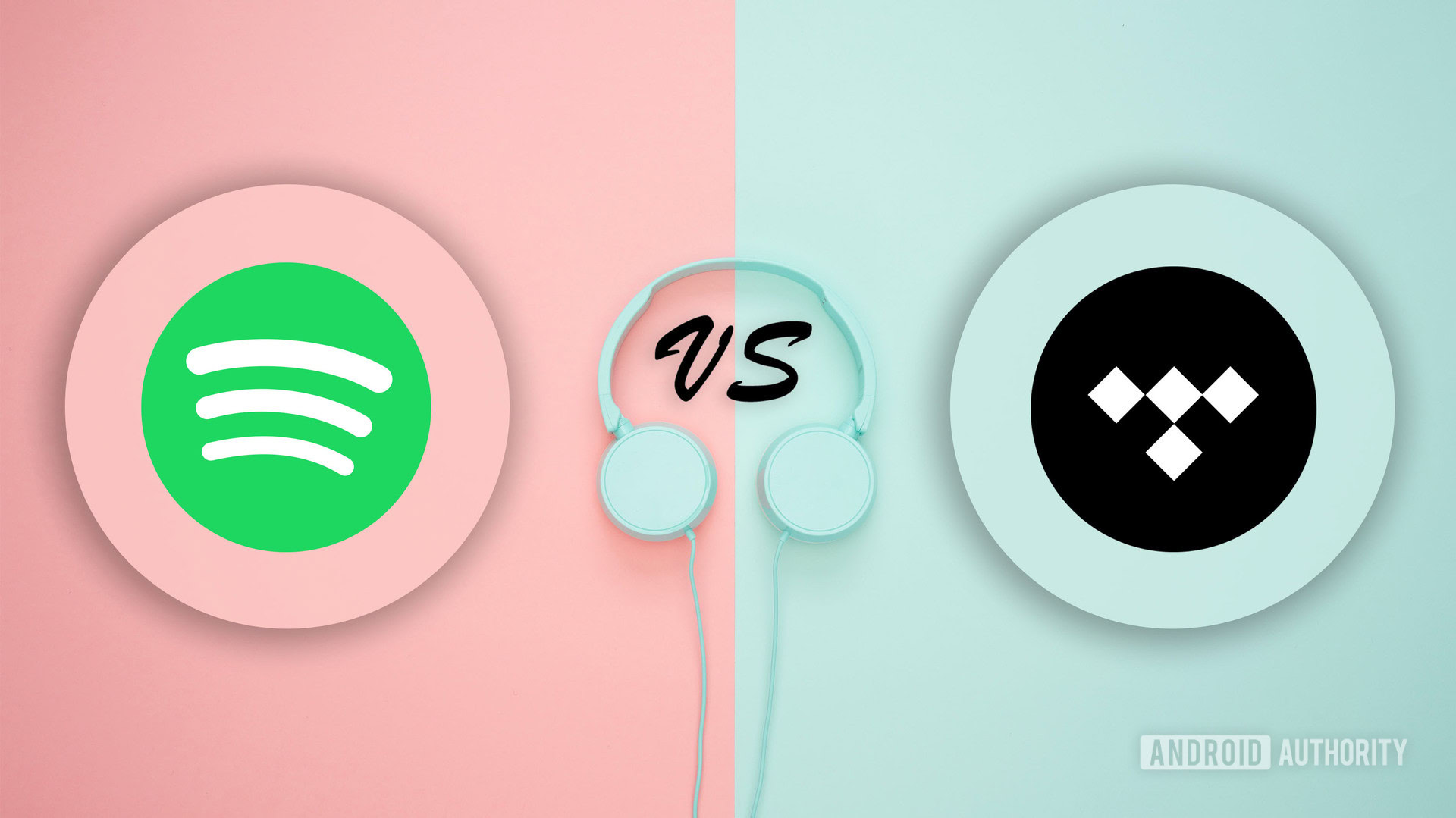
The basic premise of Spotify and TIDAL is the same. Both allow you to stream music, create playlists, download songs for offline listening, and discover new tracks based on your taste, among other things. However, the two services have loads of big and small differences.
To help you decide which streaming service comes out on top in the TIDAL vs Spotify battle, we’ve rounded up all the significant differences between them. These include everything from audio quality and pricing to music discovery and social features. Let’s dive in.
TIDAL vs Spotify: Music discovery
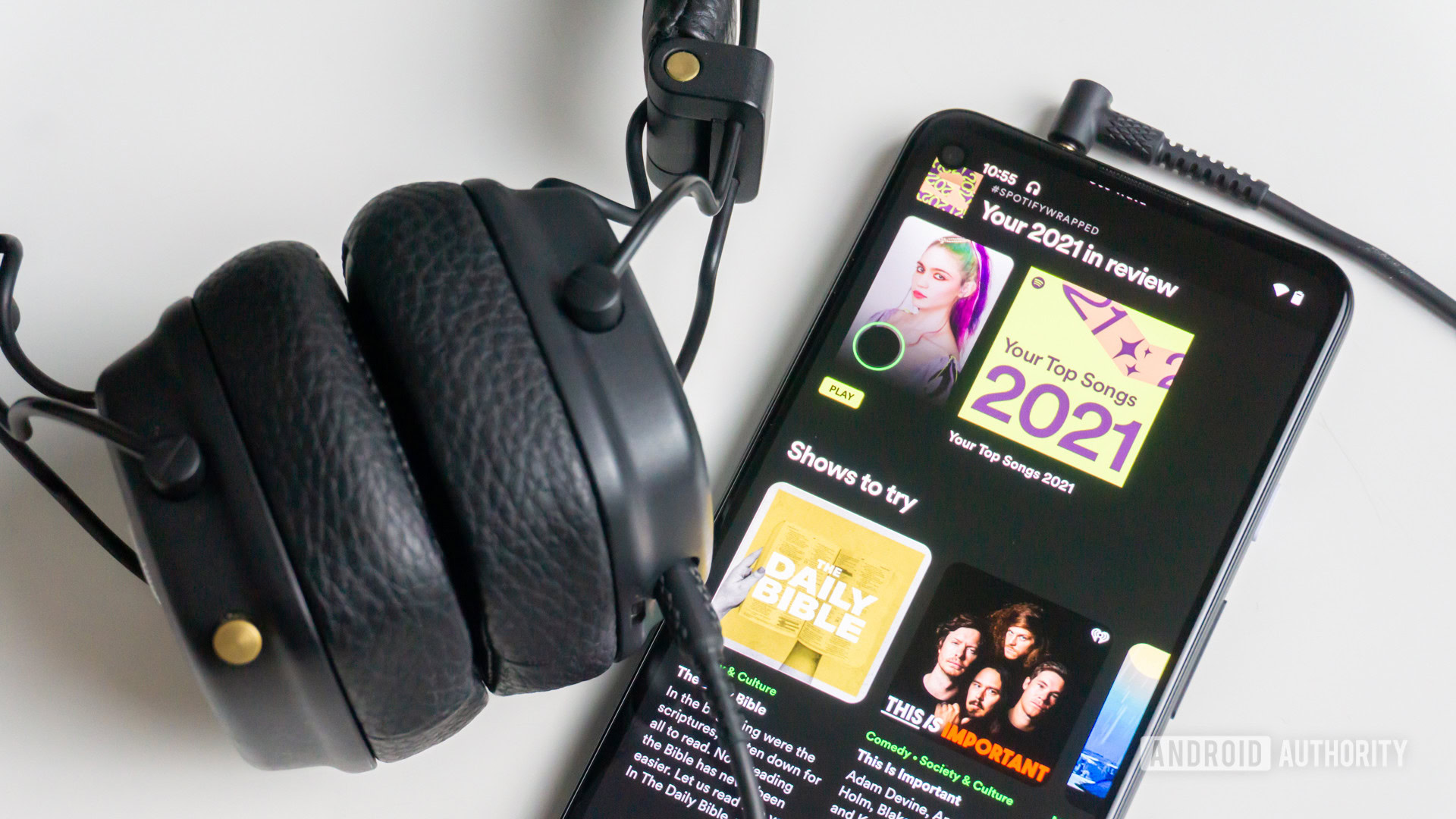
Both streaming services do a great job when it comes to finding new tracks to listen to. You can browse music by genres (dance, country, etc.), moods and activities (party, relax, etc.), and use the radio feature to discover songs and artists similar to the ones you’re into. Both are also good at suggesting brand-new tracks based on your taste.
The two services are similar in music discovery, but not the same. Spotify has the popular Discover Weekly feature, a curated playlist containing the songs from artists and genres you’re listening to. You get a new one every Monday that includes 30 tracks. Additionally, the service also creates up to six daily mixes for you based on your listening habits, among other things.
TIDAL Rising connects you with up-and-coming artists from around the world.
TIDAL, on the other hand, doesn’t have a weekly playlist. But it does offer up to six playlists, each of which revolves around the music you’re into. The service also has a TIDAL Rising feature that shows you the tracks and albums from up-and-coming artists from around the world. Then there’s the “Top” feature that gives you access to Billboard’s top songs by genre and a selection of the best tracks, albums, as well as songs of the last decade.
Again, both Spotify and TIDAL do a great job at music discovery. However, I think Spotify does it a bit better. The main reason is that it offers a lot more playlists for more or less every genre out there. Even though TIDAL is very hip-hop-heavy, it has fewer hip-hop playlists than Spotify. Spotify also has way more top charts available that list the best songs by country.
So, the Swedish streaming giant wins this round, but the difference between the two isn’t massive. I’m a TIDAL user and am happy with the available music discovery features. However, I’d love to see a feature similar to Spotify’s Discover Weekly as well as more playlists.
TIDAL vs Spotify: Content
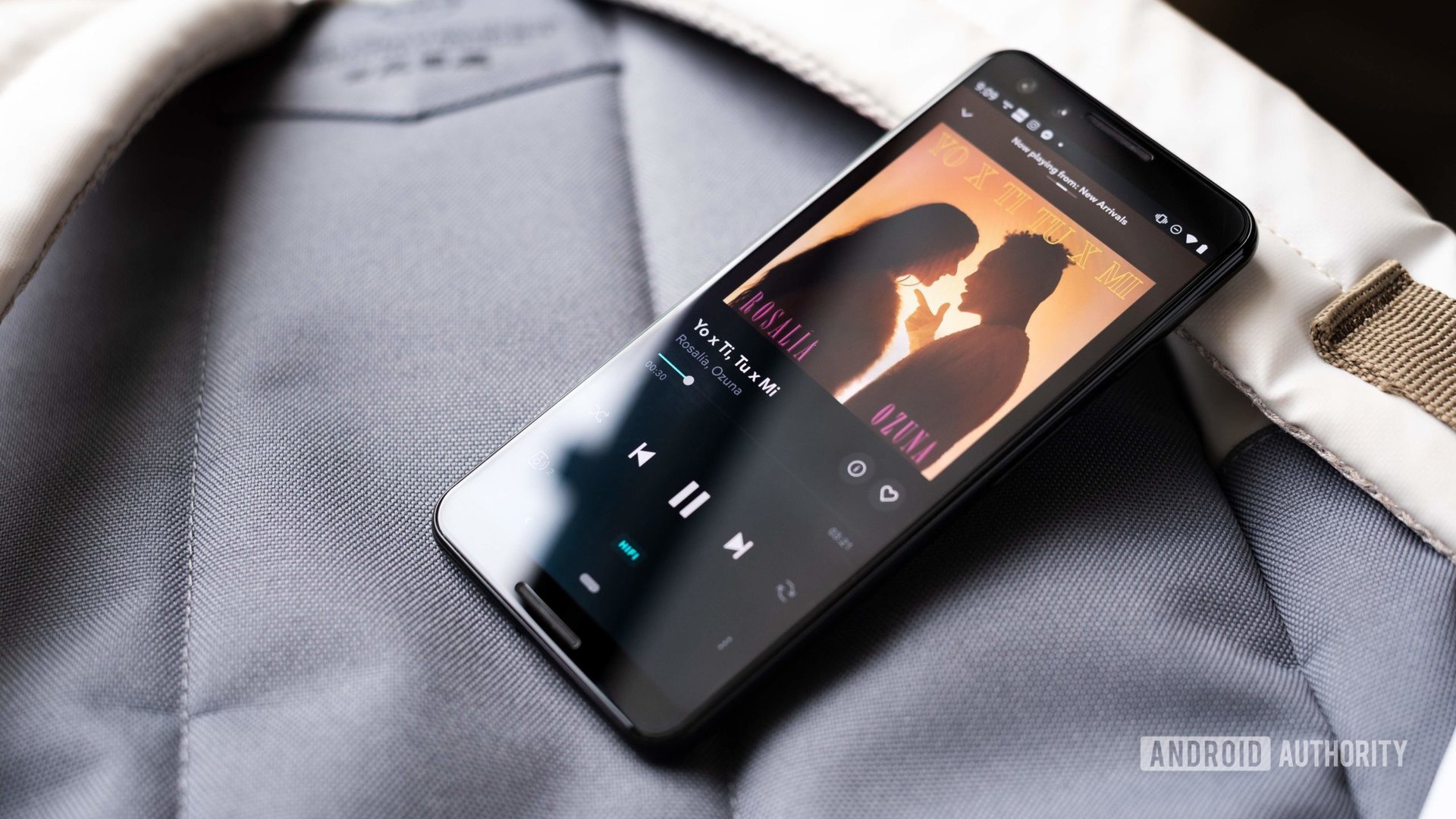
TIDAL previously held the edge over Spotify with a whopping 70 million songs, but the streaming giant has closed the gap. Spotify now offers over 100 million songs, while TIDAL matches it at 100 million. However, quantity isn’t everything. It’s the quality that counts, which is where the two are also neck and neck in my experience. All of my favorite songs and artists are likely available on both platforms.
TIDAL does a better job when it comes to exclusives, though. Thanks to Jay-Z’s connections and influence, many famous artists like Beyonce and Rihanna released their albums and songs on TIDAL before publishing them on competing services months later.
However, the main difference in the content you have to be aware of is that Spotify is great for podcasts, while TIDAL is excellent for videos. You’ll find nearly three million podcast titles on Spotify. Popular or niche, there’s a good chance the podcasts you’re into are on Spotify. This is excellent news, as you don’t need a separate app for podcasts.
Spotify is actively buying the rights to specific podcasts and making them exclusive to the service. That includes the top-rated The Joe Rogan Experience, which the company reportedly paid $100 million for the rights. Other exclusive podcasts include content from the Obamas, such as Renegades: Born in the USA with Bruce Springsteen.
The TIDAL app also offers podcasts, but its selection is smaller, to say the least. There are only a few curated titles, and many are very hip-hop-centric. You won’t find many popular podcasts on TIDAL.
What you will find is a bunch of videos — more than 650,000 of them. And they are front and center, thanks to the “Videos” option in the main navigational tab. The content selection includes music videos, live performances, and various music-related movies and documentaries, which are exclusive to the service. You also get access to your very own Video mixes (up to eight of them) that list the songs/music videos you’re into.
Spotify also has videos, but they don’t play as significant a role as with TIDAL. There’s no dedicated section for videos, for example. You can come across videos when searching for an artist or song, and that’s about it. I couldn’t dig up exactly how many videos are available on Spotify, which likely means there aren’t too many of them. If there were, Spotify would promote them a lot more.
TIDAL vs Spotify: Sound quality
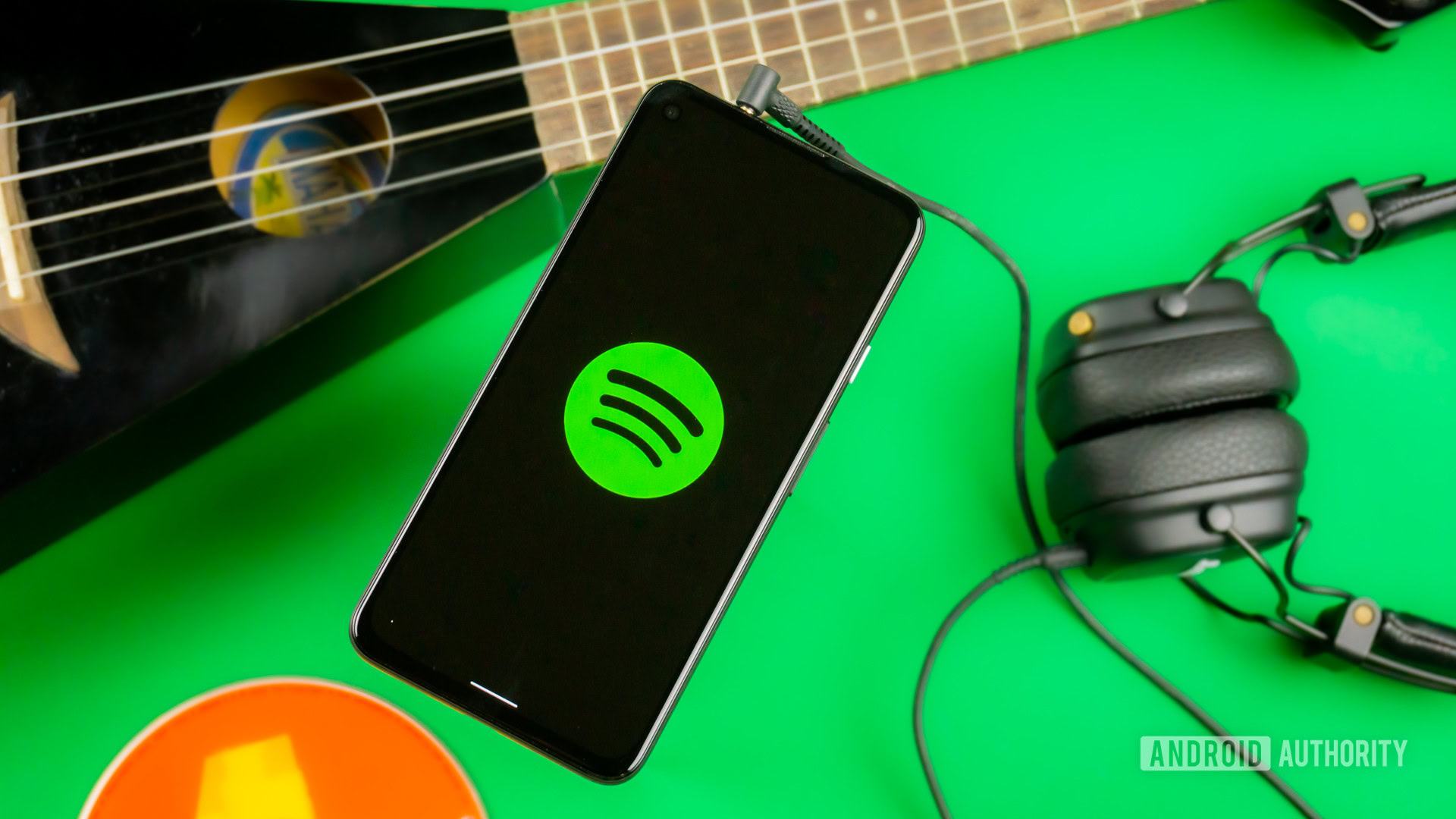
Sound quality is where TIDAL has Spotify beat. The streaming service offers three audio settings: Normal, HiFi, and Master. Normal is designed to reduce data usage and comes in handy with a limited data plan on a cellular network. The Normal setting strikes a nice balance between audio quality and data usage by streaming at 160 Kbps.
Then there are HiFi and Master, both of which are part of TIDAL’s most expensive plan — more on this in the next section. HiFi recordings are CD-quality lossless FLAC files, which means you’re benefiting 1,411Kbps audio files. The company added TIDAL Connect, a feature that lets users cast HiFi recordings to connected devices. Some companies that offer supported connected devices include Bluesound, Cambridge Audio Audio Audio, DALI, KEF, iFi audio, Lyngdorf, Monitor, NAD, and Naim Audio.
Master Quality Authenticated (MQA) promises high-resolution 2,304-9,216 Kbps audio delivered via FLAC or WAV file. Any media labeled as MQA under TIDAL means that the artist directly authenticated it. Recently, the service added millions of MQA tracks from publisher Warner Music Group. But keep in mind that not all songs are available in this quality. Also, you’ll need high-quality headphones to take advantage of the HiFi and MQA settings — the cheap earbuds that shipped with your phone won’t do the job. TIDAL Connect also supports the casting of MQA recordings and Dolby Atmos.
Spotify tops out at 320kbps.
Spotify offers five audio settings: Automatic, Low, Normal, High, and Very High. Audio quality tops out at approximately 320Kbps (Very High setting). Spotify doesn’t offer lossless streaming like TIDAL, so it’s not the best choice for audiophiles.
TIDAL wins this one, hands down, but if you’re not a hardcore audiophile, you’ll be happy with streaming at 320kbps on Spotify. It sounds excellent, and you don’t need expensive headphones to take advantage of the quality.
TIDAL vs Spotify: Plans and pricing
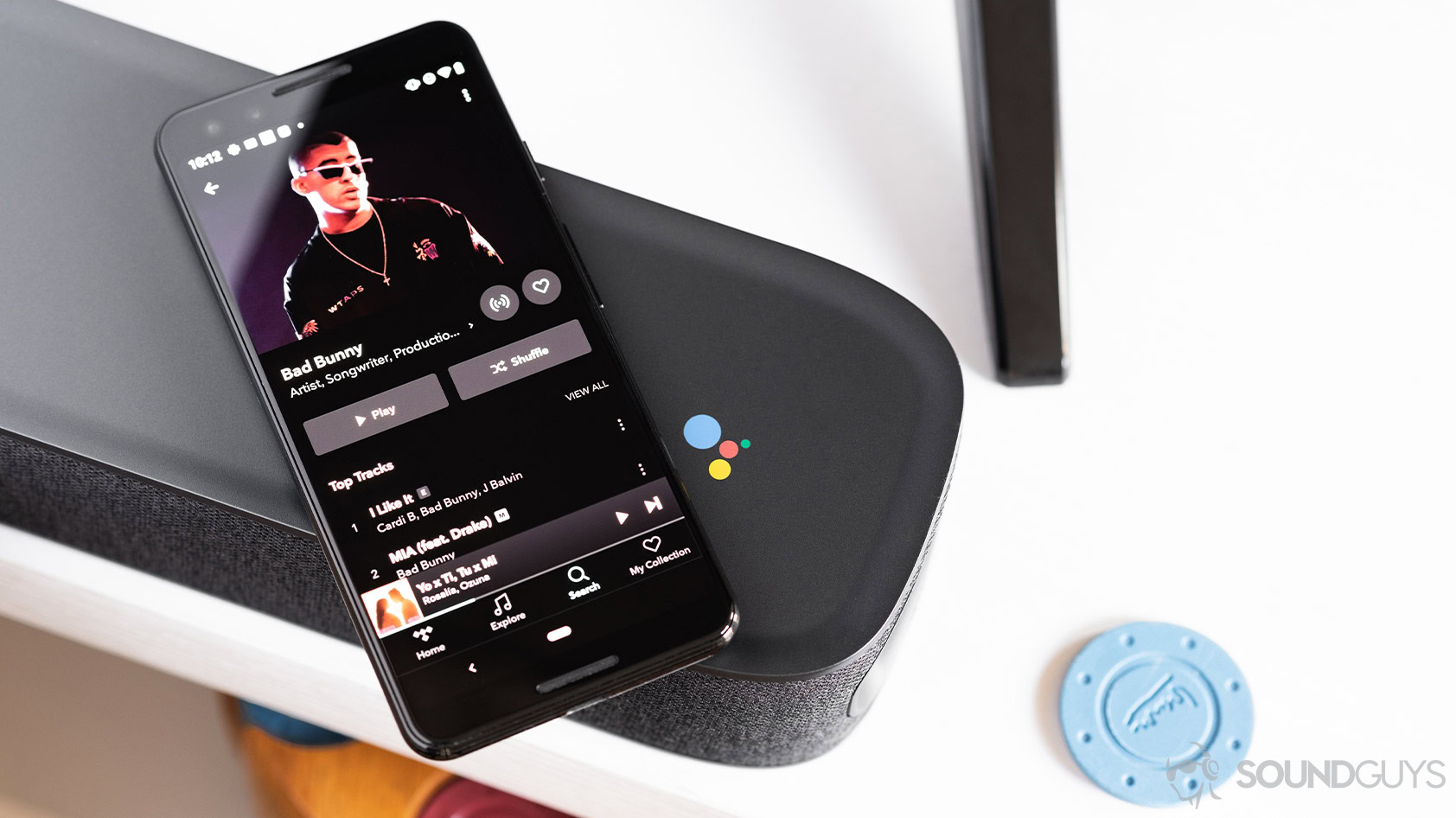
First things first: you can use Spotify for free. Yes, the streaming giant has a free plan supported by ads, but many limitations exist. You can only play music in shuffle mode and skip tracks up to six times per hour. You also can’t download music for offline listening.
The free plan won’t cut it if you’re serious about your music. You’ll have to upgrade to a premium plan, which will set you back $9.99 per month, or $4.99 if you’re a student. There’s also a family plan available for $15.99, allowing for up to six accounts. Additionally, Spotify offers a Premium Duo plan aimed at couples; it’s $12.99 monthly.
TIDAL doesn’t have a free plan but offers a free trial. Regardless, you’ll have to pay up after testing it for some time. The pricing strategy is similar to Spotify’s, but only to a point. A basic HiFi subscription costs $9.99 per month, while a family plan for six accounts goes for $14.99 per month — making it a buck cheaper than Spotify’s. Students also get a discount, with a monthly subscription costing them $4.99 per month.
TIDAL also has a HiFi Plus plan that offers higher quality streaming and costs around double. So, the basic subscription comes in at $19.99 per month, a family plan goes for $29.99 per month, and students have to pay $9.99 per month.
Additionally, TIDAL also offers a discount to those who have served in the US military, which Spotify does not. A basic subscription costs $5.99, while the HiFi plan costs $11.99 monthly.
If you’re a military man or woman, TIDAL is the best option for you if the price is the only factor. Otherwise, the two services cost the same for the basic plan. If you want higher-quality audio streaming, you’ll have to go with TIDAL, but be prepared to pay double.
TIDAL vs Spotify: Social features

Spotify is a lot more social than TIDAL. You can check out what your friends listen to, which is a great way to discover new music. You can also share your favorite songs on social networks, including Instagram, Facebook, and Twitter.
Another outstanding social feature I like is seeing how many monthly listeners a particular artist has. This can be used for comparison purposes, allowing you to determine which ones are the most popular among Spotify users. You can also see how many followers playlists have, which helps decide which one to try out.
On the other hand, TIDAL allows you to share the song you love on social media. That’s more or less it. There are no other social features available. You can’t see what your friends are listening to or how popular certain artists and playlists are. Whether that’s a good or a bad thing depends on your preference, but it’s something to consider.
TIDAL vs Spotify: Other differences
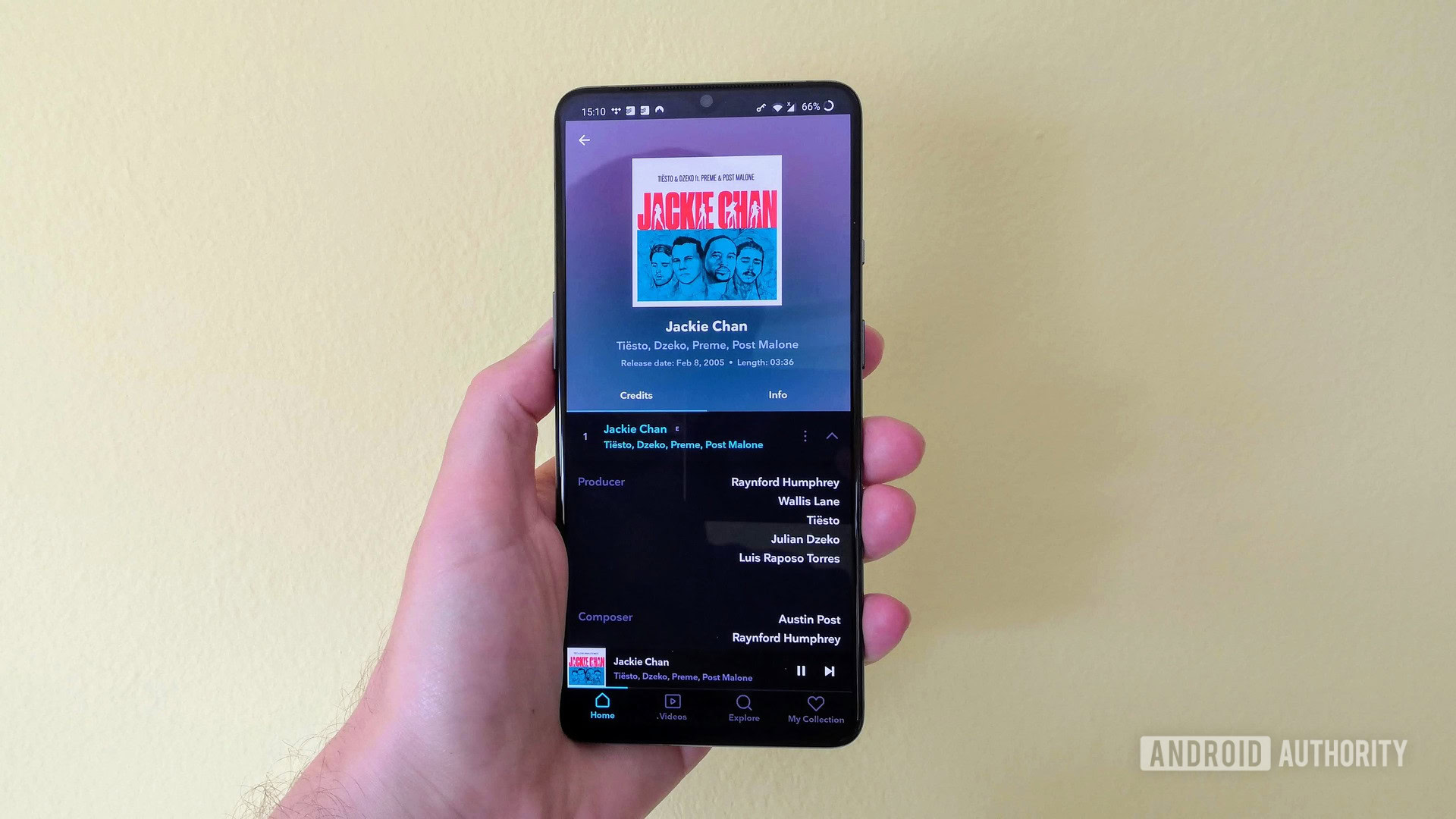
There are many other minor differences between the two services — each has a few features you won’t find on the other.
For example, Spotify has a sleep timer available to stop playing music after a specified amount of time. This will ensure the music won’t play all night long while you sleep. It also has a Crossfade feature that lets you create a seamless transition between songs, and gapless mode, eliminating the pause after one song ends and a new one starts.
Spotify also works with Google Maps and Waze — TIDAL only supports Waze. This means that while you’re navigating, you can play, pause, or skip tracks without leaving the app. The last thing worth mentioning is that Spotify also lets you play local files on your device, which its competitor does not.
On the other hand, TIDAL has better Credits pages for songs — they show more detailed info. The service also pays artists more than Spotify, although not everyone cares about this.
TIDAL has a better UI but falls behind Spotify when it comes to search capabilities.
TIDAL’s user interface (UI) is arguably better. It looks nicer and is easier to navigate. It has a dark mode by default that looks striking, especially paired with the contrasting blue accents. Then there’s TIDAL X, which connects people with their favorite artists via live-streamed concerts and other events. The service even lets users get first dibs on tickets to certain music concerts and sporting events, although that feature is somewhat moot in this current pandemic.
Another difference worth highlighting is the search capabilities. Here’s where Spotify is the clear winner. If you misspell an artist or song (example: Avvici instead of Avicii), the app is smart enough to know what you’re looking for and will show you the relevant results. On the other hand, TIDAL will show you a few irrelevant search results or nothing at all.
In terms of app support, Spotify wins hands down. In addition to its mobile apps for iOS and Android, you can get Spotify apps for a ton of other devices. That includes game consoles, including the recently launched Xbox Series X and PlayStation 5. You will also find Spotify apps for many smartwatches and fitness wearables. TIDAL’s app support is limited, with no game consoles and only wearable support for the Apple Watch and Samsung Gear. That said, you can also download TIDAL on many car platforms, as well as with the most popular DJ software.
And let’s not forget about availability. Spotify is currently available in more countries than TIDAL.
TIDAL vs Spotify: Which one is right for you?
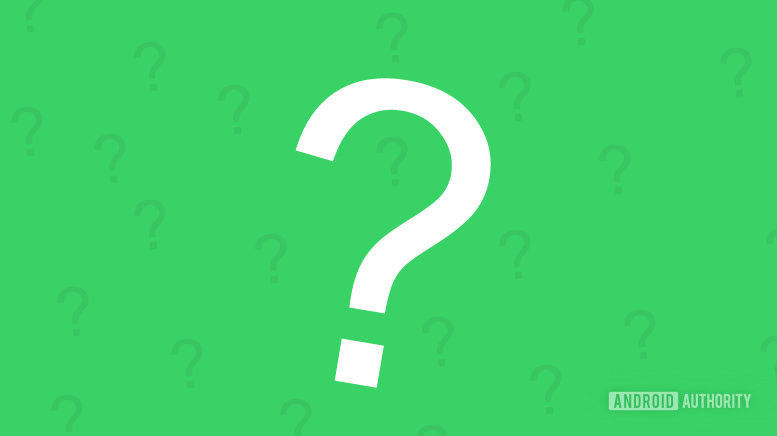
There’s no clear winner here — both TIDAL and Spotify are fantastic music streaming services. Which one is best depends on the extra features that bring more value to you.
Spotify has a free plan, offers more playlists, is slightly better at music discovery, and is packed with social features. It also gives you access to loads of podcasts and has several great features, including Google Maps integration and crossfade. App support is also more extensive. If all or just some of these things are important to you, Spotify is the way to go.
You can't go wrong with either one.
On the other hand, TIDAL gives you access to many videos ranging from live performances to music videos. It also has better sound quality (if you’re willing to pay for it), offers a discount for those in the military, and sports a better UI. And let’s not forget about great features like TIDAL X and TIDAL Rising. TIDAL is the way to go if you find more value in these features than the ones offered by Spotify.
If you’re still undecided regarding which one is the better fit for you, take advantage of the services’ free trials. Hands-on experience will help you make your purchase decision. Both of them offer a 30-day free trial.
These are the main differences between Spotify and TIDAL, although there are a few other smaller ones as well. If we’ve overlooked any major ones, feel free to let us know in the comments.